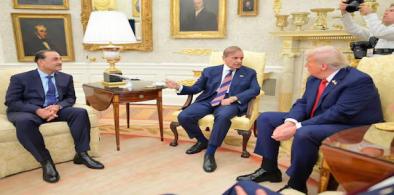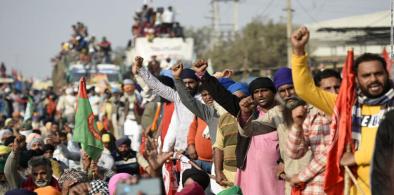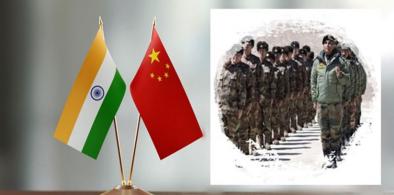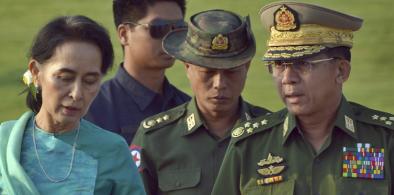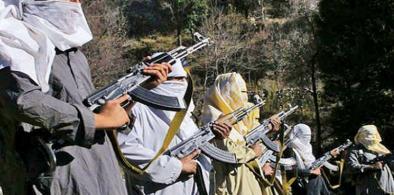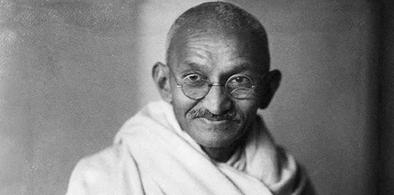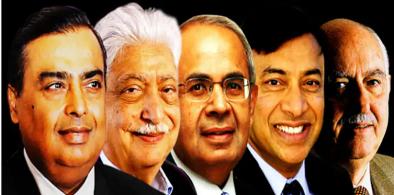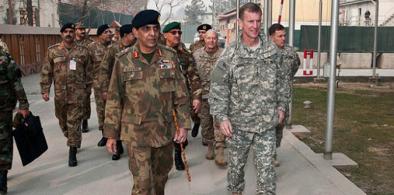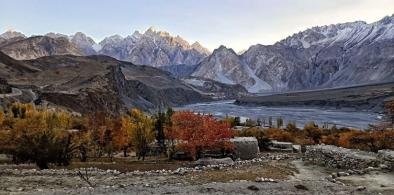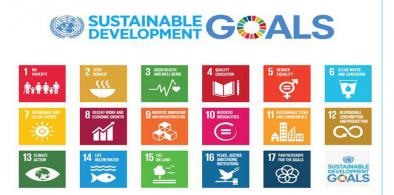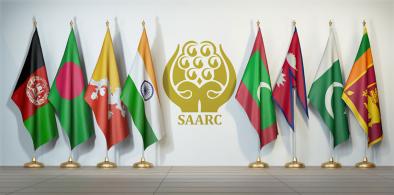The government might have been more accommodating if it is wasn’t jittery about the political impact of a retreat at a time when the BJP faces four crucial elections where its chances are not foolproof, writes Amulya Ganguli for South Asia Monitor
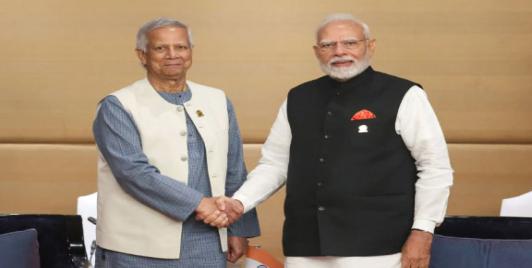
Bangladesh–India Relations at a Crossroads: Needed Recalibration, Not Rupture
The current strains in Bangladesh–India relations should therefore be seen not as an inevitable deterioration, but as a test of diplomatic maturity. Bangladesh and India share more than geography and history; they share a responsibility to ensure that temporary political frictions do not harden into structural mistrust. In a time of regional uncertainty, neither country benefits from a relationship defined by grievance or miscommunication.
A Dangerous Power Grab in Pakistan; Unpredictable Consequences For Region
The 27th Amendment, celebrated by its proponents as a security reform, is in reality a political coup executed through constitutional means. It marks not only Munir’s personal triumph but the institutional victory of the military over all other state authorities. As history warns, empowering any unelected institution above the republic’s elected will invites instability—not strength. Pakistan may soon discover that consolidating military power does not secure the nation’s future, but instead places it at greater risk
How Foreign Digital Influencers Are Tarnishing India’s Global Image
India must now transition from conventional soft-power thinking to visibility governance—the systematic management of how the country appears, circulates, and is emotionally interpreted across global platforms. Failure to do so will leave India’s global image increasingly shaped by commercial incentives outside Indian control.
Afghanistan Should Not Get Caught In The India-Pakistan Strategic Rivalry
The strengthening of Taliban-India ties runs counter to Pakistan’s interests. The more border clashes intensify between the Taliban and Pakistan, the more secure the Kashmir region and the Line of Control (LoC) become for India. Under such conditions, Pakistan will remain preoccupied with its northwestern border, giving India a unique opportunity to consolidate its control over Kashmir and potentially weaken, drive out, or eliminate Kashmiri militant groups
Nepal’s proposed international airport poses a threat to the environment
Nijgadh is planned to be the largest airport in South Asia in terms of area, covering 8,045.79 hectares. While a new international airport is needed, the Nijgadh dream comes with an environmental nightmare, write Harsh Mahaseth and Pranjal Risal for South Asia Monitor
Sino-Indian ties likely to remain a 'cold peace' in 2021: But keep communication lines open
Although it is unrealistic to have too high expectations for Sino-Indian relations in 2021, it is certain that the two sides would not want to make bilateral relations further worse, writes Siwei Liu for South Asia Monitor
Return of jackboots in Myanmar: Major implications for region
The army is upset with the NLD government for agreeing to take back from Bangladesh the Rohingya Muslim refugees in phases after a Chinese-mediated dialogue. Nearly 40,000 Rohingyas are expected to return in the first phase, writes Subir Bhaumik for South Asia Monitor
Afghanistan should not be turned into a nest of terrorism again
Biden needs to go through all the wrong decisions made by Trump and come out with valuable and healthy steps to maintain democracy in Afghanistan and to respect the blood its soldiers had shed, and end the war, writes Majidullah Rasooli for South Asia Monitor
Gandhi’s 73rd death anniversary: Remembering the apostle of peace in today's context
Gandhiji had a presence. That is a mark of a great soul and a very much evolved spiritual being. To Gandhiji spirituality came first; other things like politics, public life, etc. were by-products of his spirituality, writes Anil K Rajvanshi for South Asia Monitor
Growing Indo-Saudi Arabia ties will amaze the world
The contributions made by the Indian community in the development of Saudi Arabia have always been appreciated by the Saudi government. Keeping in view the contribution of expat Indians, the Saudi government, irrespective of their religion, treats every expat Indian equally like its own citizen, writes Asif Rameez Daudi for South Asia Monitor
Billionaire raj: Can India address its growing wealth disparity?
The massive and growing concentration of incomes is not good news for India's fragile social fabric as it can trigger a political backlash, writes N. Chandra Mohan for South Asia Monitor
Digitalisation as a policy priority: How South Asia compares with Southeast Asia
In South Asia, while digitalisation is of a high priority intervention, the other more basic issues such as enabling access to livelihood, health and education would need to be addressed and given a much higher priority so that inequalities in per capita consumption expenditure that prevail among households are addressed immediately, writes Partha Pratim Mitra for South Asia Monitor
Health Diplomacy: India-made vaccine at centre stage of pandemic management
India has a longer track record of supplying medicines and vaccines to the rest of the world, than any other country, including China, writes Rajendra Shende for South Asia Monitor
US reviving military ties with Pakistan for Afghan peace amounts to chasing a chimera
The US under Biden is all set to revive military ties with Islamabad hoping that Pakistan will help bring peace in Afghanistan. America has obviously not learned any lessons over the decades, writes Lt Gen Prakash Katoch (retd) for South Asia Monitor
Pakistan's slow assimilation of Gilgit-Baltistan: A strategic challenge for India
Pakistan so far has given limited autonomy to the local population after having wrested G-B after the accession. But it now wants to declare it as a provisional province of the country, writes Pushp Saraf for South Asia Monitor
Bangladesh economy showed resilience during COVID; but prosperity should reach all
By 2025, Bangladesh is forecast to be the 34th largest economy in the world and will continue at second place in South Asia after India, writes Mohammad Rubel for South Asia Monitor
Producing a world-class helicopter: India needs to develop a strong indigenous industry
If India were to write out a defence industrial policy it may read as follows: 'to establish and foster a strong indigenous helicopter industry with the design and production capacity to cater to all in-country military requirements and bid for export military and civil markets'. writes Rear Admiral Sudhir Pillai (retd) for South Asia Monitor
With SAARC stalled, India must invest in alternative regional mechanisms
With SAARC stalled, India must prioritize regional and sub-regional alternatives to recalibrate its neighborhood strategy and its overall foreign policy, writes Don McLain Gill for South Asia Monitor


